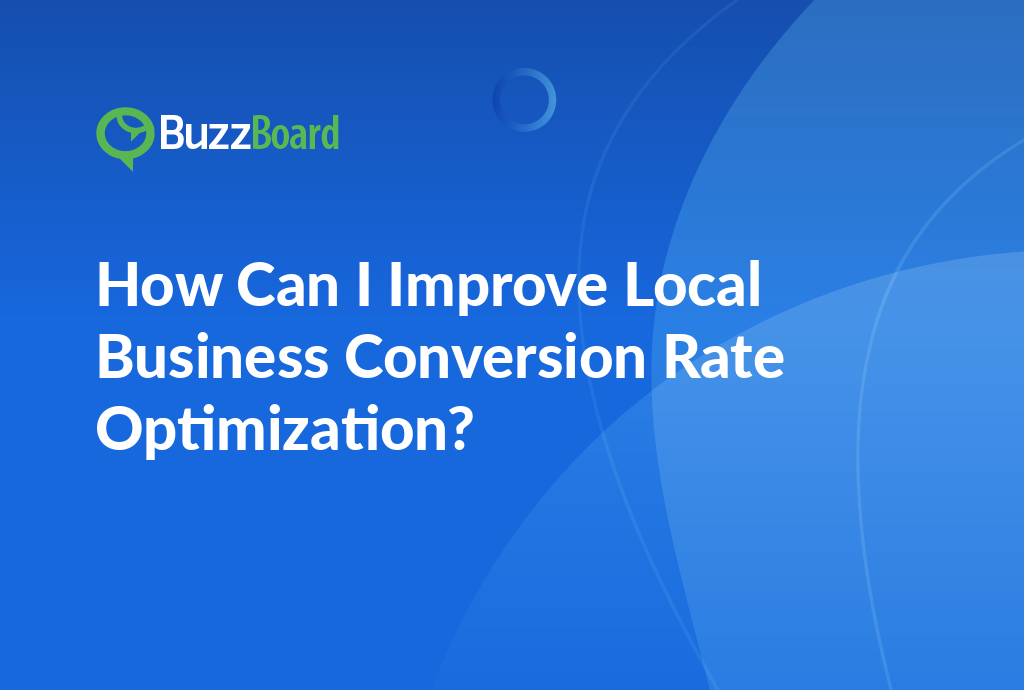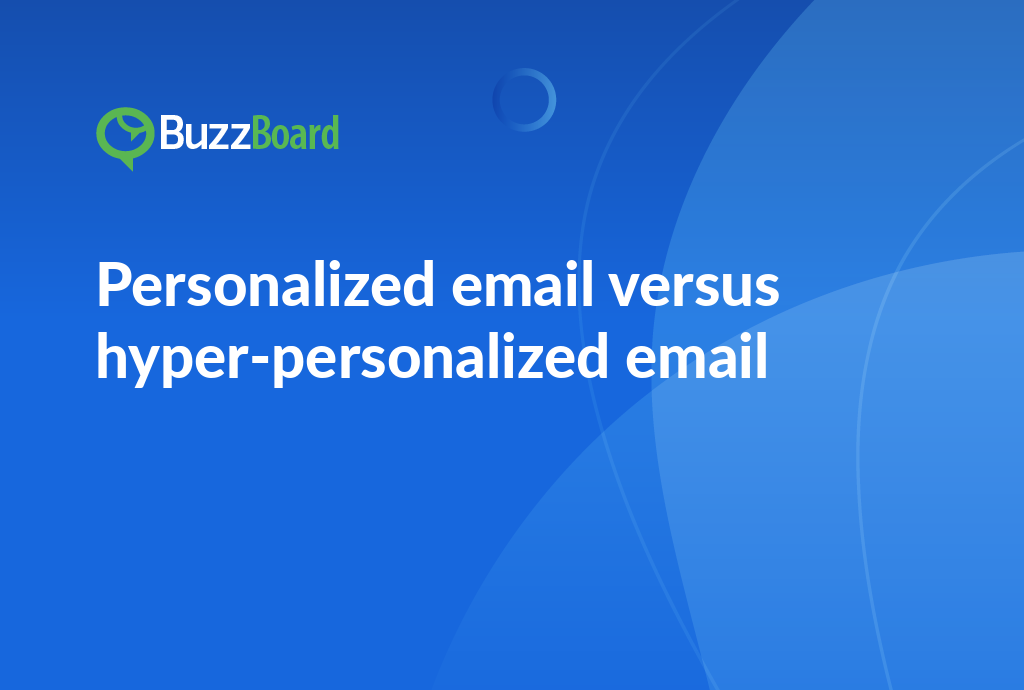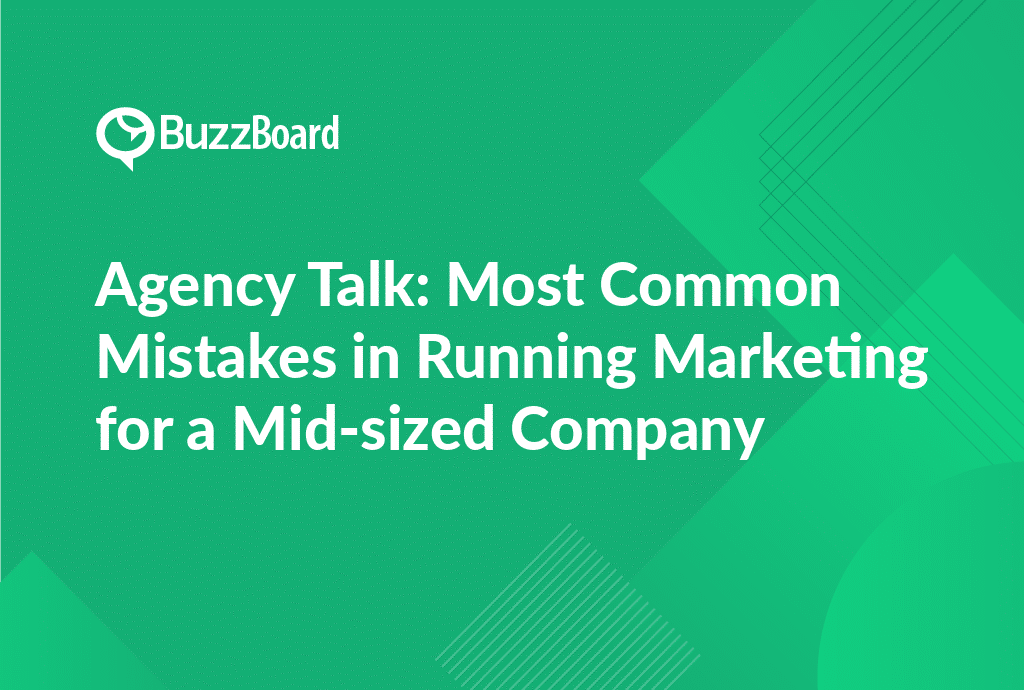Boost Local Business Conversion Rates: 7 Proven Optimization Strategies
Want to increase conversions for your local business? Conversion rate optimization (CRO) is crucial. Here are 7 actionable strategies to improve your local business conversion rates:
- Optimize Your Website for Mobile: Ensure a seamless user experience on mobile devices, as most local searches come from mobile.
- Use Clear and Concise Language: Simplify your website’s content to quickly communicate your value proposition to potential customers.
- Highlight Reviews and Testimonials: Showcase positive reviews and testimonials to build trust with potential customers.
- Streamline Your Navigation: Make it easy for users to find what they’re looking for by simplifying your website’s navigation.
- Use Urgency Tactics: Create a sense of urgency by offering limited-time promotions or scarcity to encourage conversions.
- Improve Your Website’s Load Time: Ensure your website loads quickly to reduce bounce rates and improve user experience.
- A/B Test and Analyze: Continuously test and analyze different elements of your website to identify areas for improvement.
By implementing these 7 strategies, you can significantly improve your local business conversion rates and drive more sales and revenue.
Exploring Different Strategies to Improve Local Business Conversion Rate Optimization
Exploring strategies to enhance local business conversion rate optimization (CRO) may appear challenging for many sales representatives at digital marketing agencies. However, the thrill of unearthing these strategies provides a tantalizing prospect of increased conversions for your local business clients.
Starting at the heart of conversions, their local business website, is a practical approach. Website conversion rate optimization should be placed at the top of your list since it serves as the digital front of their business. Simple adjustments such as improving navigation, clarifying call-to-action buttons, or optimizing landing pages can serve as substantial steps toward better conversion.
Additionally, keep in mind that your digital marketing agency isn’t simply managing websites, it’s managing local businesses’ relationships with their customers. Personalization can significantly contribute to resonating with the target audience. Tactics such as using local language slang, presenting customer testimonials from locals, and customizing marketing campaigns offer a guaranteed path to winning over your customers.
The value of data cannot be overstated. By analyzing original traffic behavior, you gain insights into the demographics, preferences, and behaviors of your audience. This data can be used to inform your local business clients’ future decisions, A/B testing, and marketing strategies.
The journey to optimize conversion rates may seem endless, yet each level of improvement symbolizes incremental success. As a sales representative, use this guide as a launching pad, and continue to discover more efficient strategies for your local business clients.
How the Right Tweaks in Your Local Business Website Contribute Toward Higher Conversion Rate Optimization
Crafting the perfect website for a local business is a crucial step in optimizing conversion rates and driving business growth. As a sales representative at a digital marketing agency, understanding the intricacies of website conversion rate optimization can significantly enhance your performance and yield more conversions from local business clients. In this article, we’ll explore the essential elements of a well-optimized website and provide actionable tips to help you improve conversion rates for your local business clients.
First and foremost, a website conversion rate optimization strategy begins with creating a user-friendly site that accurately represents the brand. A consistent design, straightforward navigation, and a strong brand presence are essential in guiding visitors through the website and encouraging them to become customers. A well-designed website not only enhances the user experience but also builds trust and credibility with potential customers.
Another critical aspect of website conversion rate optimization is ensuring the website is mobile-friendly. According to Google, over half of website traffic originates from mobile devices, and this trend is expected to continue. Websites that aren’t optimized for mobile often experience lower conversion rates, as users are more likely to abandon a site that is difficult to navigate on their mobile device. As a sales representative, it’s essential to emphasize the importance of mobile-friendliness to your local business clients and provide guidance on how to optimize their website for mobile devices.
Loading speed is another critical factor affecting website conversion rate optimization. Slow-loading sites can discourage visitors and decrease conversions, as users are more likely to abandon a site that takes too long to load. Therefore, it’s essential to regularly monitor and optimize website speed to ensure a seamless user experience. As a sales representative, you can provide guidance on how to optimize website speed, including compressing images, minifying code, and leveraging content delivery networks (CDNs).
Content is the heart of a website, and maintaining relevant, engaging, and up-to-date content is key to retaining visitors. Use clear, persuasive language to highlight the benefits your digital marketing agency offers to your local business clients. This can include showcasing case studies, testimonials, and success stories that demonstrate the value of your services. Additionally, incorporating high-quality images and videos can help to break up text and make the content more engaging.
Including testimonials can also boost trust and credibility, contributing further to conversion rate optimization. Testimonials from satisfied clients can provide social proof, demonstrating that your agency has delivered results for other local businesses. As a sales representative, you can encourage your clients to collect testimonials from their satisfied customers and display them prominently on their website.
Enhancing and optimizing a local business website isn’t a one-time event; it requires regular updates and tweaks. As a sales representative, it’s essential to provide ongoing support and guidance to your clients to ensure their website remains optimized and effective. This can include regular website audits, content updates, and technical optimization.
Crafting the perfect website for a local business is a crucial step in optimizing conversion rates and driving business growth. By paying attention to detail and making well-planned adjustments, a noticeable increase in business can be achieved. As a sales representative at a digital marketing agency, understanding these changes can enhance your performance and yield more conversions from local business clients. By following the tips outlined in this article, you can help your clients create a website that accurately represents their brand, is mobile-friendly, loads quickly, and provides a seamless user experience.
Understanding the Correlation Between Website Conversion Rate Optimization and Customer Engagement in a Local Business
As a sales representative at a digital marketing agency, it is crucial to grasp the intricate relationship between website conversion rate optimization and customer engagement in local businesses. This understanding is not only vital for enhancing local business conversion rate optimization but also a key asset in driving significant improvements in overall business performance.
Website conversion rate optimization is the art of persuading visitors on a local business website to take a desired action. These actions may include signing up for a newsletter, making a purchase, downloading a resource, or booking an appointment. It can be achieved through engaging content, a seamless user experience, and compelling calls-to-action. Effective conversion rate optimization is not solely focused on aesthetics, but rather on understanding user behavior and creating an environment where customers are engaged, their needs are addressed, and they feel compelled to convert.
High customer engagement is a critical component of successful conversion rate optimization. It ensures frequent visits, extended dwell times, and responsive interactions. A well-crafted website can cultivate a robust relationship between local business clients and their customers. By understanding customer behavior and preferences, businesses can tailor their website design and content to meet the needs of their target audience, ultimately driving conversions.
The combination of effective customer engagement and conversion rate optimization can have a profound impact on local business performance. By optimizing website conversion rates, businesses can increase revenue, improve customer loyalty, and enhance their online reputation. Conversely, high customer engagement can lead to increased brand awareness, improved customer retention, and a competitive edge in the market.
As a sales representative at a digital marketing agency, it is essential to invest time in understanding website conversion rate optimization and its effect on customer engagement. This understanding can generate far-reaching results for local business clients, including:
- Increased conversions: By optimizing website conversion rates, businesses can increase the number of customers taking desired actions, such as making a purchase or signing up for a newsletter.
- Improved customer engagement: By creating a seamless user experience and engaging content, businesses can increase customer dwell times, interactions, and loyalty.
- Enhanced brand reputation: By providing a positive user experience and addressing customer needs, businesses can improve their online reputation and establish a strong brand presence.
- Increased revenue: By optimizing website conversion rates and improving customer engagement, businesses can increase revenue and drive business growth.
As a sales representative at a digital marketing agency, it is vital to comprehend the relationship between website conversion rate optimization and customer engagement in local businesses. By understanding these mechanisms, you can provide valuable insights and solutions to local business clients, ultimately driving significant improvements in their overall business performance.
The Role of a Digital Marketing Agency in Enhancing Local Business Clients’ Conversion Rates
As a sales representative in the digital marketing agency industry, it is essential to understand the pivotal role that agencies play in helping local businesses optimize their website conversion rates. Local businesses often lack the necessary resources, including budget, time, and comprehensive knowledge, to develop a conversion rate optimization strategy independently. This is where digital marketing agencies step in, leveraging their expertise, industry insights, and cutting-edge marketing tools to design and implement data-driven strategies that drive results.
By conducting a thorough analysis of the local business website, agencies identify areas for improvement, ensuring that the site is user-friendly, responsive, and visually appealing. This analysis also involves optimizing the website’s search engine optimization (SEO) to elevate its ranking in search engines, thereby increasing visibility, driving more traffic, and ultimately boosting conversion rates.
In addition to website analysis and SEO optimization, digital marketing agencies aid local business clients in adopting best practices for capturing and utilizing user data. By continuously analyzing and adapting tactics based on this information, agencies ensure that optimization strategies generate the expected outcomes, providing valuable insights that inform future marketing decisions.
As sales representatives, it is crucial to effectively communicate the capabilities of your agency to potential clients, highlighting how your team can serve as a trusted partner in their growth and success. By articulating the benefits of working with a digital marketing agency, including increased website conversion rates, improved visibility, and data-driven decision-making, you can demonstrate the value that your agency can bring to local businesses.
Some key points to emphasize when communicating with potential clients include:
- The importance of a user-friendly and responsive website design that provides a seamless user experience
- The impact of SEO optimization on website visibility and conversion rates
- The benefits of capturing and utilizing user data to inform marketing decisions
- The expertise and resources that your agency brings to the table, including industry insights, marketing tools, and expert professionals
- The potential for increased website conversion rates, improved visibility, and data-driven decision-making
By emphasizing these key points and showcasing the capabilities of your agency, you can effectively communicate the value that your team can bring to local businesses, helping them to achieve their marketing goals and drive growth.
The Role of User Experience in Improving Conversion Rate Optimization for Local Businesses
User experience (UX) plays a pivotal role in optimizing the conversion rate of websites, particularly for local businesses seeking to convert casual browsers into devoted customers. The relationship between UX and website conversion rate optimization is intrinsically linked, as a well-designed UX can significantly impact the user’s journey and ultimately drive conversions.
When a website for a local business is designed with an exceptional UX, users are likelier to remain on the site, engage with it, and eventually make a purchase or become leads. A flawless UX on a local business website accelerates the user’s journey from observer to customer, hence enhancing the site’s conversion rate. This is because a user-friendly website that is free from technical issues and provides a seamless experience can build trust and confidence with users, increasing the likelihood of conversion.
Sales representatives at digital marketing agencies should emphasize the role of UX in enhancing conversion rates to their local business clients. By offering website visitors an intuitive, user-friendly site that is devoid of technical issues, businesses can appreciably increase their conversion rates while boosting the user’s experience. This can be achieved by implementing various UX strategies, such as refining the checkout process, increasing website speed, ensuring mobile compatibility, and providing distinct calls-to-action.
Refining the checkout process is a crucial aspect of UX optimization. A streamlined checkout process can reduce friction and anxiety, making it easier for users to complete their transactions. This can be achieved by simplifying the checkout process, reducing the number of steps, and providing clear instructions. Additionally, ensuring website speed is essential, as slow-loading websites can lead to high bounce rates and decreased conversions. Mobile compatibility is also vital, as more and more users are accessing websites through their mobile devices.
Providing distinct calls-to-action (CTAs) is another important aspect of UX optimization. CTAs should be clear, prominent, and actionable, guiding users towards the desired action. This can be achieved by using action-oriented language, making CTAs stand out through color and design, and placing them strategically throughout the website.
Sales representatives should also emphasize the importance of regular testing and updates based on customer feedback and website performance statistics. Enhancing UX is not a one-off task, but rather a continuous process that requires ongoing monitoring and improvement. By regularly testing and updating the website, businesses can ensure that their UX is meeting the evolving needs of their users and driving conversions.
In conclusion, UX plays a critical role in optimizing the conversion rate of local business websites. By implementing various UX strategies, such as refining the checkout process, increasing website speed, ensuring mobile compatibility, and providing distinct calls-to-action, businesses can increase their conversion rates while boosting the user’s experience. Sales representatives should emphasize the importance of UX in enhancing conversion rates to their local business clients, and businesses should prioritize regular testing and updates to ensure their UX is meeting the evolving needs of their users.
Conclusion
In today’s competitive local business landscape, conversion rate optimization is crucial for driving sales, revenue, and growth. By implementing the 7 strategies outlined in this article, you can significantly improve your local business conversion rates and stay ahead of the competition.
From optimizing your website for mobile to highlighting reviews and testimonials, each of these strategies is designed to improve the user experience and increase the likelihood of conversion. By streamlining your navigation, creating a sense of urgency, and improving your website’s load time, you can create a seamless and engaging experience for your customers.
Remember, conversion rate optimization is an ongoing process that requires continuous testing, analysis, and improvement. By regularly A/B testing and analyzing different elements of your website, you can identify areas for improvement and make data-driven decisions to optimize your website for maximum conversions.
By following the strategies outlined in this article, you can improve your local business conversion rates, drive more sales and revenue, and achieve long-term success. So, what are you waiting for? Start optimizing your website today and watch your conversions soar!









